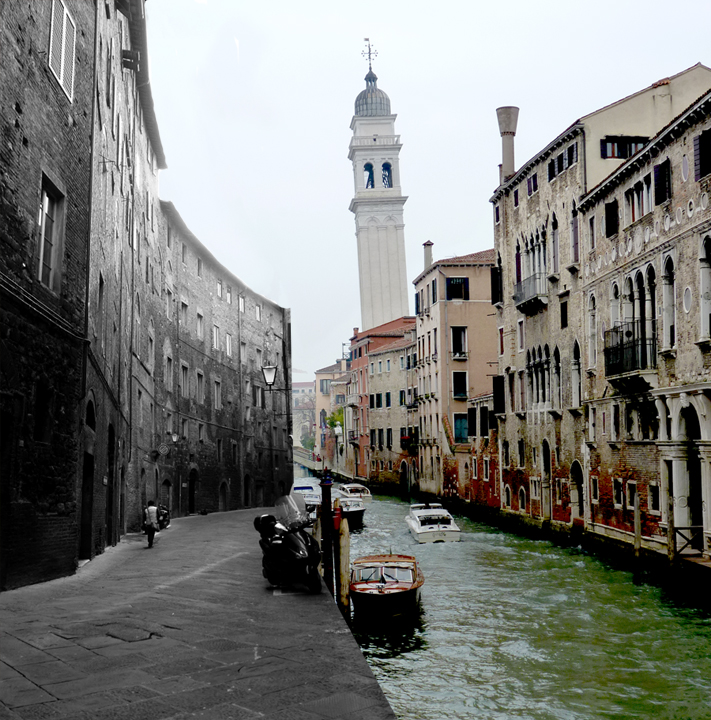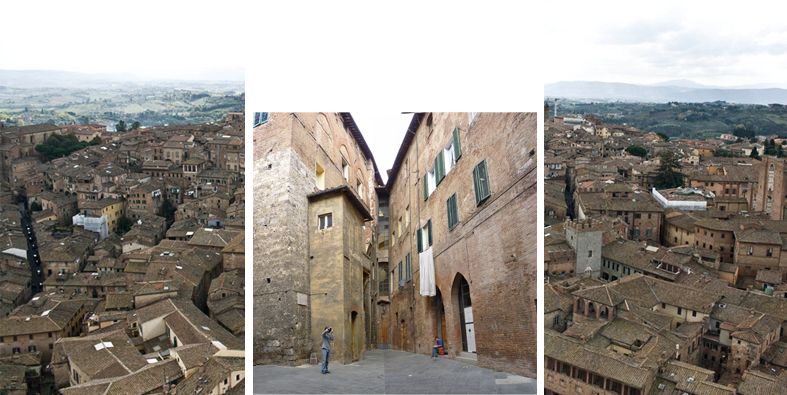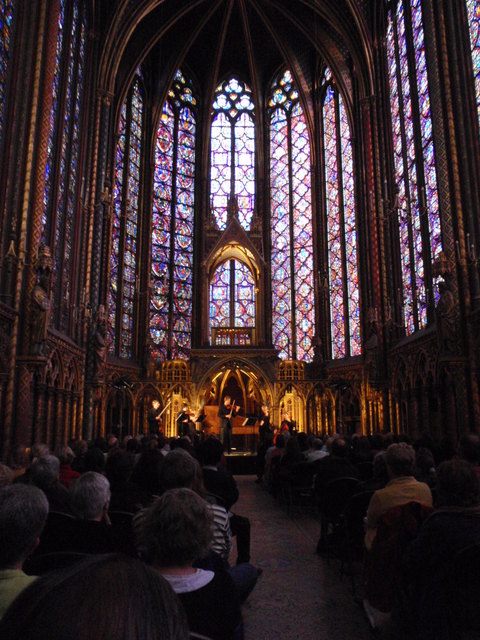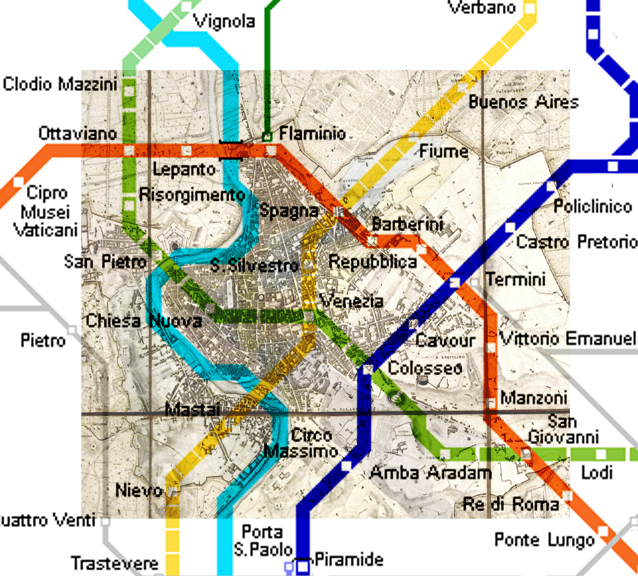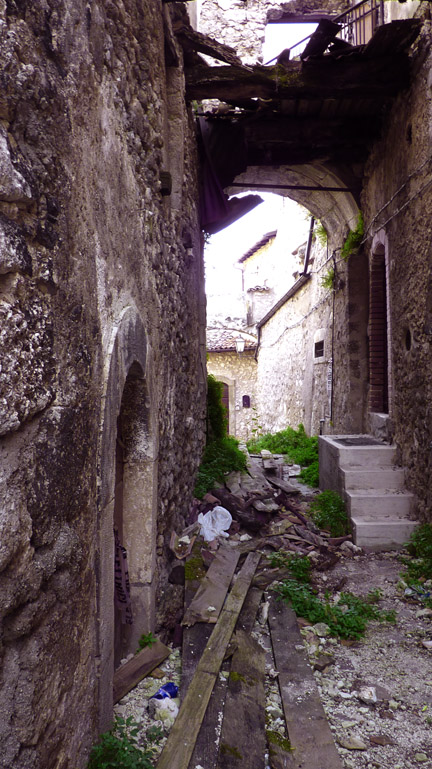Thousands of people travel to Rome so see traces from one of the world’s most fascinating societies. Ancients buildings and monuments are scattered all over the city; some protruding from new buildings, some standing tall in their majestic proportions. Yet, when standing inside the Pantheon, the Colosseum, or by the Aqueducts, what perhaps never crosses our minds is what does it take to preserve these valuable ruins? Who works behind the scenes to make your picture perfect moment? The city of Rome and the Vatican play an important role in the preservation of these treasure of antiquity. Reinforcing, cleaning, protecting from exposure to the elements, and limiting new additions, are some of the tasks they undertake to keep the architecture alive.
We once questioned why go to ruins? What purpose do they serve us now?
The answer is far from practical, nonetheless valuable. Ruins allow us to imagine, and therefore make sense of, and connect to a world that we have never seen or experienced before. That we have the opportunity to see places dating thousands of years ago is an invaluable gift we owe to generations of people fighting to conserve them.
“I say DETAIL, you say a small part that makes up a whole. But there is much more to me; I am detail, I am Whole. Don’t submit me to the triviality connected to the word part. Stop limiting me to corners, to handles or a step, and look beyond. I am not an object, I am an effect.”
In Carlo Scarpa’s work a detail transcends beyond a thing or a part, to the whole project, therefore directly affecting your experience of the space. In his addition to the Canova museum for example, the detail of pulling objects out of the wall and into the space, changing their axis, and altering the height from which the sculptures are viewed, changes the way we move in the museum. Likewise in the Brion tomb project, the use of materials and how they connect, the use of color, the filtering of light, and the careful placement of objects, are all details that come together to shape your experience. As you walk through the space, a step now suddenly makes you aware of your surroundings. When you enter a room, a corner detail can make you aware of the use of materials, how they behave, and how they meet. Details in this case become performative creating different moments and framing particular views. The viewer or visitor then turns out to be an active participant of the architecture, a player in the constant interaction between part and whole.
As an architecture student, I have always thought of buildings as being grounded, as being places that are stable and offer protection from the elements. In addition, we have always been taught that water is the enemy of all buildings. But then Venice comes along, and defies the norm of building construction. It is fascinating to think this city is built on wetlands and supported by wooden piles. Here, water becomes the fundamental element, the foundation from which everything else revolves around. Venice has adapted to water and its instability in many unique ways. The way you move around the city changes depending on where bridges are located. Canals become the main roads of the city for transportation and delivery of services. The constant flux in water level changes the horizon. Even the way you interact with buildings becomes in tune with the movement of water. People walking on catwalks in Piazza San Marco, under cricked archways into the Campi, and along uneven floors, becomes the norm that makes Venice unique.
After countless steps up the tower of the Palazzo Pubblico, the site finally shifts from looking up through tight pathways enclosed by tall brick and stone buildings, to looking down onto the fabric of Siena. From this view, the defensive characteristics that dominate this medieval city become prominent. Clusters of buildings separated by narrow streets stand out amongst the landscape. Curvilinear roads seem to wrap the city and extend outwards from the historic center. This idea of a protective barrier repeats itself within the group of buildings. Instead of courtyards, buildings enclose castellares, which are small open areas that could be closed off to seclude locals from outside attacks. The use of similar gates that channel people into the town is also present at a larger scale along the perimeters of the historic center. In this sense Siena becomes a unique city of layered barriers.
In front of the San Ignazio church is a group of apartment buildings which are shaped as if they were “hugging” Piazza San Ignazio. Instead of large palazzi containing many apartments within, commonly seen in Rome, these buildings are small separate flats. They were built in 1727, and designed by Filippo Raguzzini, who arranged them to resemble the stage of a theater. I consider these apartments to be a good translation of an ancient roman theater, because the nature of the theater to house a performance is still preserved in the piazza. The curving of the buildings enclose the space, and direct your view to the center stage. When standing in this Piazza you can actually feel as if you were the focus of attention. The buildings become the backdrop of the theater, the people who interact in the piazza become the actors, and everyday activity becomes the spectacle.
History as seen through architecture becomes active when buildings serve a purpose other than being a “must see” stop on a tourist map. Active means doing something, showing involvement or energy. Therefore, when thinking about how a historical building can become active, how it interacts with people in current times becomes a key factor. The Coliseum for example, stands still in its majesty, and although it is a sight that definitely activates our imagination, it has become nothing more than a sight. You walk through an organized path following other hundreds of people, looking at a ruin. You don’t get to see the “sense” of the place because it has been lost. There is a level of irony in trying to keep alive a place by freezing it in time, because its active nature cant be preserved. An active history is a productive act. Buildings that are active can refer to history yet project and interact with the present culture. I saw an example of this during my trip in Paris. I went to visit Sainte-Chapelle because as an architecture student I couldn’t miss seeing one of the most important Gothic churches in France. Being there is an amazing experience incomparable to the images I had created in my mind from slides I’ve seen in History class. I was impressed not only by the stained glass and the lightness this space reflects, but because it is still active. Along the outside wall were a bunch of posters with the schedule of upcoming events. They now make use of the acoustic quality of this chapel to host frequent classical concerts, where tourists and locals alike can sit down and enjoy the beauty of this space. (I wasn’t able to go that day, yet it is now on my list of places I “must experience” when I return.)
This map shows the expansion of the city of Rome through the development of its Metropolitana system. The metro lines are juxtaposed with the 1829 Census map* of Rome, which was printed showing an accurate plan of the layout of buildings and roads. On this map, it is clear that the grid of the city, though very dense, connects back to the main entrance on Piazza del Popolo. The northern gate to the city was considered the main entrance, from which radiate large diagonal roads connecting the city to important sites, namely religious buildings. Today, the city is accessed through many more axis, using many more methods than those in antiquity. Although walking is still prominent amongst the Romans, other methods of transportation like bikes, cars, buses, motorcycles, and trams are very commonly used.
The most impressive method of transportation used in this vibrant and restless city, is in my opinion the Metro system. Inaugurated with the opening of the line B in 1948, the Metropolitana overcame the many challenges that came with introducing a new development in an ancient city like Rome. Creating an underground transportation system such as this one required much patience, daunting digging, and hoping not to uncover a ruin in the process. Although few lines currently go through the historic center, the subsequent routes added extend to the outskirts of Rome, making the city as a whole more accessible.
*The Census map of 1829 was the first of a series of official plans of the city, the last one being printed in 1866 just before Rome became the capital of a unified Italy. This map was directly derived from the Nolli map changing only one major component, the accuracy of the North.
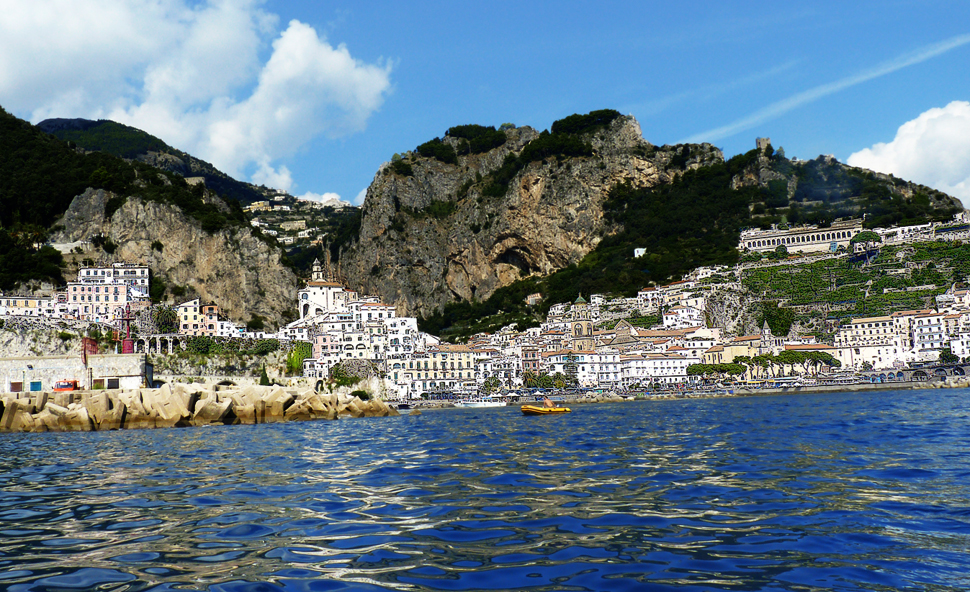 What lies between the mountain and the sea?
What lies between the mountain and the sea?
You first get a glimpse. It almost seems impractical, but there they are, houses built up along steep mountains that dive into the Mediterranean Sea. Yet they are not intrusive. In fact, they become the perfect bridge between water and land. There is a beautiful harmony created between the settlements and the landscape, like a work of art. As you move up and down the curved road that hugs the mountain along the Amalfi Coast, the cities emerge almost naturally. Going up and down the uncountable stairs can be a challenge, yet the energy of the towns, their culture, and the unobstructed views of the sea you seem to discover turning every corner encourage you to be a part of their vivacity.
When buildings are designed they are usually planned with the idea that not much will change. Most buildings areintended for a specific use and performance, which can be reflected through their structural and circulation systems. When we think of wall we most commonly think of stability and rigidity. For that reason, as buildings are erected they personify fixity. When buildings are uninhabited, they still remain in essence what they are. On the contrary cities have always been characterized by the movement and growth of people. When a city becomes inhabited, it dies, and in some way it becomes just building. Cities are therefore a reflection of its people. Cities expand as people expand, and cities should progress as society does. In a globalized world, urban areas can only develop if they have the means necessary to communicate with neighboring cities. Therefore, the ability of a city to adapt to the changes in commerce, technology and transportation of surrounding towns, is a key factor to keeping the city alive.
The difference lies in that buildings enclose; cities expand.
Castelvecchio Calvicio was once a small city…



